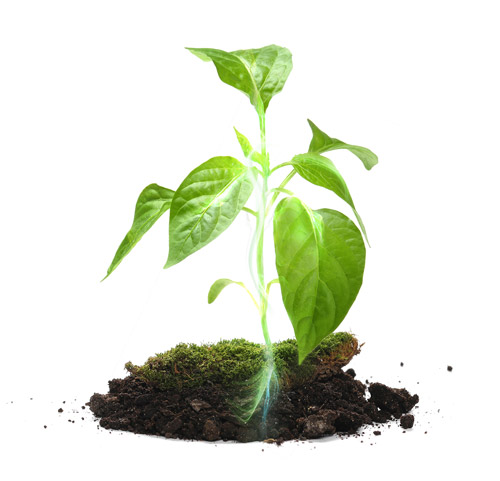Digital Transformation and Farm Smartening in 2025

London/Washington – 2025 has witnessed a major leap in the use of emerging technologies in agriculture. From intelligent farm management systems to harvesting robots, traditional agriculture in the UK and the U.S. is rapidly moving towards digitalization. Experts predict that advanced technologies can increase productivity by up to 30% and optimize the use of resources such as water and fertilizers.
In the UK, the use of precision agriculture has increased dramatically. Sensors and small satellites can record real-time information about soil, moisture, temperature, and plant conditions. These data allow farmers to manage water and fertilizer accurately, preventing resource waste. For example, in vegetable farms, smart irrigation systems guided by sensor data have reduced water usage by 20% and increased crop yield by 15%.
U.S. Agriculture Productivity
In the United States, autonomous robots and agricultural drones play a significant role in increasing productivity. Fruit-harvesting robots in apple and strawberry orchards, with high precision and without damaging crops, have replaced human labor and increased harvesting speed by up to 50%. Additionally, drones equipped with infrared cameras can detect plant health status and environmental stress intensity, providing the necessary information for rapid pest and disease management.
New technologies for plant nutrition and smart greenhouses have also attracted significant attention in 2025. In the UK and U.S., hydroponic greenhouses equipped with intelligent environmental control systems automatically adjust temperature, humidity, light, and EC of nutrient solutions. These systems increase productivity by up to 25%, reduce energy and water consumption, and produce higher-quality crops.
Another prominent technology is the use of artificial intelligence and predictive algorithms in farm management. AI software can analyze past data and current farm conditions to predict which areas require irrigation, fertilization, or pest control. These predictions reduce costs and increase farmers’ profits.
Experts say 2025 is a milestone in the path toward smart and sustainable agriculture in the UK and the U.S., and investment in emerging technologies can significantly reduce dependence on chemical pesticides, improve crop quality, and protect the environment.
- Drones and smart sensors:
In the U.S. and UK, drones equipped with multispectral cameras and thermal sensors are used to closely monitor plant health, track soil moisture, and detect early-stage diseases. This method has reduced fertilizer and water use by up to 30% while increasing yields. - Autonomous harvesting robots:
Tractors and smart robots can harvest vegetables, berries, and greenhouse crops with high precision without requiring large labor forces. Some systems can even detect and separate unhealthy products. - Vertical farming and smart greenhouses:
In the UK, vertical farms equipped with AI and LED lighting tailored for each plant growth stage have increased yield by up to 30% compared to traditional farming. These systems reduce water consumption by half and enable sustainable production in urban environments.
